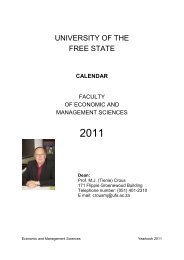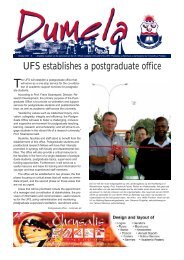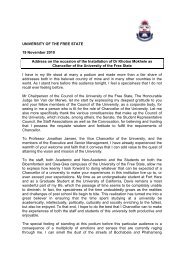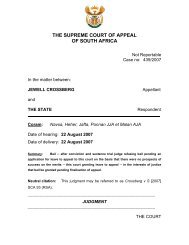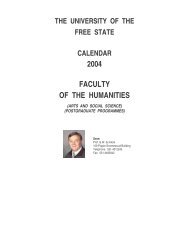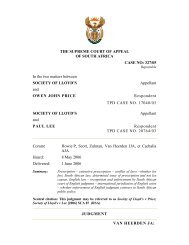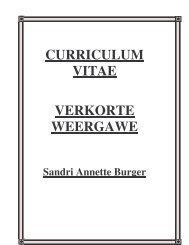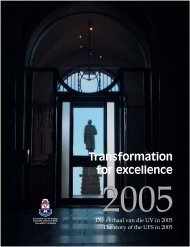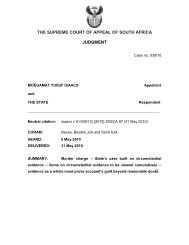THE SUPREME COURT OF APPEAL OF SOUTH AFRICA ...
THE SUPREME COURT OF APPEAL OF SOUTH AFRICA ...
THE SUPREME COURT OF APPEAL OF SOUTH AFRICA ...
You also want an ePaper? Increase the reach of your titles
YUMPU automatically turns print PDFs into web optimized ePapers that Google loves.
language in which the order is couched, unless the language is ambiguous. 423[76] There is nothing ambiguous about the language. It prohibited publication of thearticle and not only part of the article. There is no suggestion in the language of the orderthat ‘the article’ meant only the newsworthy part. Indeed, I have difficulty seeing how thelanguage could possibly have been construed in that way.[77] It was not disputed by counsel for the respondents that ‘the article’ contemplates itssubstance. Merely to black out names and words here and there does not seem to me toalter its substance – even if the article does cease to be news. What was published wasin substance the prohibited article and by doing so Ms Weideman contravened the order –even leaving aside the editorial. What remains is only to examine the state of mind withwhich she did so.[78] Ms Weideman revealed her state of mind in the editorial that she wrote. She wasclearly annoyed that the order had been granted. Her response was to devise what shetold her readers was a ‘legalistically technical’ form in which to publish the article.Reasoning from the premise that the magazine had not been prohibited from identifyingthe person who had applied for the interdict she went on to tell her readers that once theinterdict had been granted the magazine had been left with two options: Either it couldpublish ‘the name of the applicant [for the interdict] but not disclose details of the article’.Or it ‘could publish the article with certain changes while retaining the details [of themolestation that was alleged to have occurred]’. Plainly she meant by the latter ‘option’that the altered article would be published in addition to publishing the name of theapplicant for the interdict because that is in fact what she did.[79] There was another course that she might also have chosen – which was not topublish the name of the applicant for the interdict at all. The fact that that was notconsidered to be an option demonstrates ineluctably that she was intent upon having thename of Mr Els in the magazine. What she debated in her mind was only whether to addthe details of the alleged molestation. The debate could only have been brief because4Firestone South Africa (Pty) Ltd v Gentiruco AG 1977 (4) SA 298 (A) at 304D-H.



